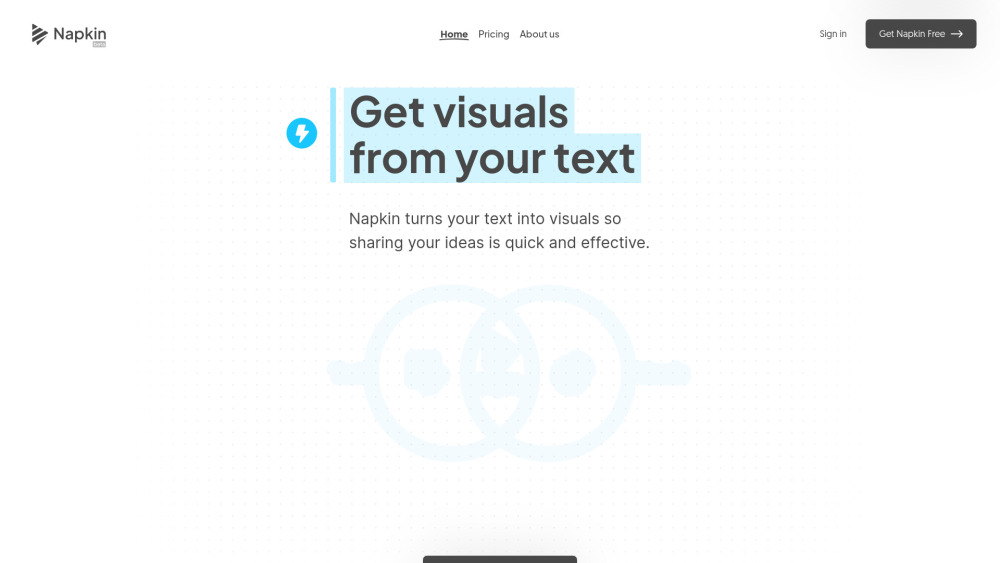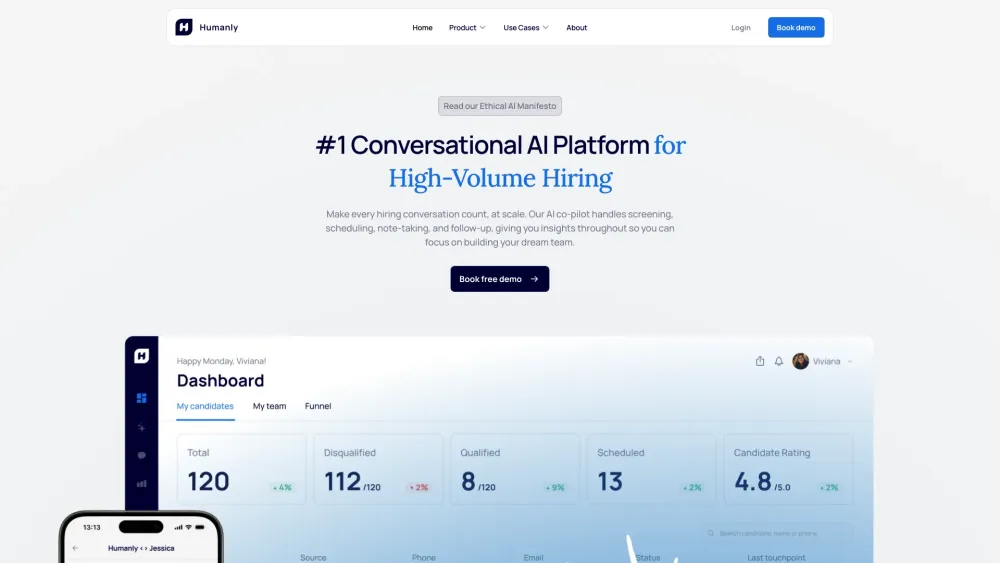Addressing the Cybersecurity Insurance Gap: The Role of AI in Risk Assessment
To bridge the growing cybersecurity insurance gap that discourages businesses from purchasing or renewing policies, it's essential to initiate comprehensive risk assessments leveraging AI-driven real-time insights.
Cyber insurers are committed to helping clients mitigate breach risks by enhancing cybersecurity strategies continuously. Improvements in real-time risk assessments, underwriting, claims processing, and resilience planning can significantly benefit from AI, delivering measurable advantages across the board.
AI Agents: A Game Changer in Claims Cost Reduction
“It’s reducing claims costs, which lowers insurance premiums. With effective endpoint detection and response (EDR) in place, we can offer better pricing and coverage, making insurance more accessible for smaller organizations,” said Anthony Dagostino, Global Chief Cyber Underwriting Officer for Commercial Lines at AXA XL, in a recent interview.
Current Cyber Insurance Landscape
Ransomware, social engineering, phishing, and credential attacks are driving up premiums, making cyber insurance unaffordable for many businesses. Early 2024 saw ransomware attacks as the main cause of cyber insurance claims, followed by supply chain and business email compromise (BEC) attacks. According to Verizon, BEC incidents doubled in 2023, and supply chain attacks surged, costing businesses $46 billion that year.
“Cyber insurance is often viewed as discretionary, unlike mandatory policies such as workers’ compensation or property insurance. Companies generally purchase it only after experiencing an incident or seeing competitors face similar challenges,” Dagostino explained.
An Industry Ready for AI Innovations
The majority of organizations struggle with rising cyber insurance costs, especially small- and medium-sized businesses (SMBs). Over 28% of SMBs surveyed reported being denied coverage, and if they secure a policy, they often encounter significant exclusions and frequent claims. A staggering 67% of organizations noted their premiums increased by 50% to 100% when applying for or renewing policies last year, with all respondents reporting new exclusions for specific attack-related expenses.
Organizations often have to choose between investing in cyber insurance or enhancing their defenses against cyber threats. “We collaborate with clients to evaluate ROI on security investments, ensuring they focus on areas that will enhance their security posture,” stated Ann Irvine, Chief Data Scientist and VP of Product Management at Resilience Insurance.
“Understanding the tools a customer employs and how they deploy them enables us to engage effectively, helping them mitigate cyber risks during their policy period,” Irvine added.
Cyber insurers are also leveraging AI to decrease the time and costs of real-time risk assessments, which traditionally range from $10,000 to $50,000 and can take four to six weeks. AI streamlines underwriting, cutting the process from weeks to days and enhancing efficiency by up to 70%. Traditional claims processing can cost an insurer an average of $15,000 per claim due to manual handling, which may take up to six months. However, AI-based systems have reduced claim processing times by over 80%. Companies like At-Bay, Corvus Insurance, Cowbell Cyber, Upfort, and Resilience Insurance are utilizing AI to facilitate cyber insurance processes.
CrowdStrike: Pioneering Insurability through AI
CrowdStrike's launch of Falcon for Insurability marks a transformative step in AI and large language models (LLMs) in cyber insurance. This initiative enables insurers to offer clients AI-native cyber protection via the CrowdStrike Falcon platform at more favorable rates. Daniel Bernard, Chief Business Officer at CrowdStrike, estimates that premiums could decrease by 10% to 30% for users of this service.
“This initiative could make cyber insurance accessible to a broader market segment. For those utilizing Falcon, insurance becomes more cost-effective, allowing insurers to quantify risks more accurately,” Bernard explained.
According to IDC, organizations using the Falcon platform can detect 96% more threats in half the time compared to other vendors and conduct investigations 66% faster. CrowdStrike aims to empower insurers like Ascot Group, AXA XL, Beazley Insurance, Berkley Cyber Risk Solutions, Coalition, and Resilience to minimize underwriting risks by ensuring their clients have a robust, scalable AI platform.
Integrating Human Expertise with AI in Cyber Insurance
Incorporating human expertise into AI workflows is crucial in cybersecurity and is increasingly important in cyber insurance. CrowdStrike's Managed Detection and Response (MDR) service exemplifies this necessity. “Our AI-powered defenses, supplemented by human expertise, create a continuous improvement loop that appeals to cyber insurers,” noted Bernard.
Irvine from Resilience agrees, emphasizing a structured approach to gathering insights from cybersecurity experts to inform their models.
“The unique challenge of cyber insurance lies in its actuarial calculations,” explained Elia Zaitsev, CTO at CrowdStrike. “Traditional insurance relies on the distribution of risk. However, cyber incidents like WannaCry showcase how simultaneous global attacks can disrupt standard actuarial models.”
Predictive Attack Paths: A Paradigm Shift in Cyber Defense
Traditional insurance models that address isolated incidents are ill-suited for cyber insurance. Advanced AI and LLM technologies are essential for identifying potential attack vectors targeting organizational vulnerabilities. Zaitsev calls predictive attack paths a game changer for cyber insurers, enabling proactive defenses and reducing overall risk.
These predictive insights help minimize risk and attack probability, ultimately keeping premiums affordable for a wider array of clients while stabilizing the cyber insurance market against simultaneous global threats.
Enhancing Accessibility to Cyber Insurance
The application process for cyber insurance can be lengthy and often results in rejections without clear explanations. Vendors aim to dismantle barriers obstructing businesses seeking coverage by identifying necessary tools and platforms that reduce breach probabilities.
Experts believe that more cybersecurity vendors will adopt models similar to Falcon for Insurability, seeking a mutually beneficial approach that lowers breach risks, reduces premiums, and expands market share among SMBs and larger enterprises.





